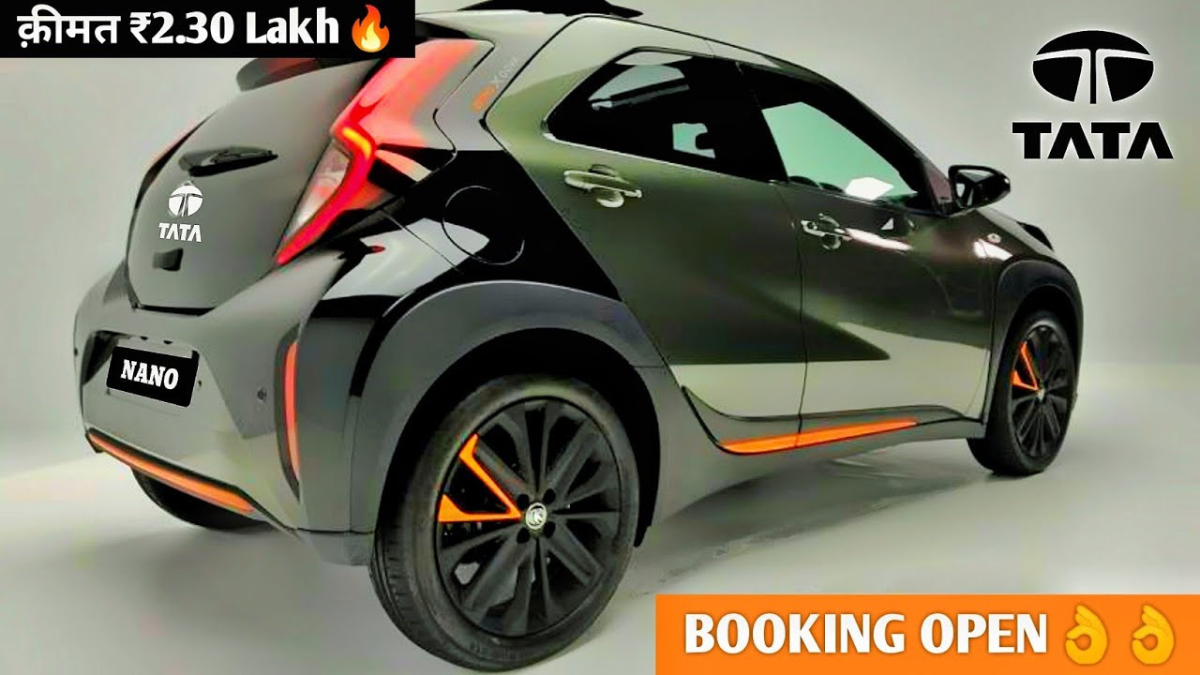2025 Tata Nano EV: Tata Motors has already gained recognition for bringing back its beloved Nano as a fully electric vehicle.
The new Tata Nano EV offers a blend of nostalgia and new-generation electric mobility, promising to bring back the original to India’s urban landscape.
This paper presents an in-depth analysis of the vehicle and outlines its benefits and potential pitfalls for all interested parties. Powering the Nano EV is a small electric motor that delivers a capacity of 20-25 kW, paired with a small lithium-ion battery of around 15-20 kWh.
Tata promises a range of between 120 and 150 km on a single charge, which is more than enough for urban commuting and some short errands.
The affordability of the Nano EV is a big attraction due to its low starting price. As a result, Tata expects it to be the most affordable EV in the country, further increasing the brand’s appeal among the masses.
One of the most significant benefits of driving an electric vehicle is the low cost.
The Nano EV’s per kilometre driving cost will be very low due to the cheaper price of electricity compared to petrol or diesel. Also, the device has fewer moving parts, which means lower maintenance charges.
The Lincoln Wheat Penny Worth $305K: Could You Be Holding This?
Eco-friendly Certificate
And as a zero-tailpipe-emissions vehicle, it produces no emissions, helping to improve the quality of the air we breathe in heavily polluted cities.
If it’s charged with clean, renewable energy, its environmental impact is even lower.
Points to consider
Short distance and performance
And its range is only 120-150 km per charge, making it unsuitable for long-distance travel.
The limited power of the motor also doesn’t leave much room for acceleration and highway performance, and highway cruising feels less comfortable.
Modest charging setup
But don’t expect anything beyond AC charging capability, which will probably take several hours to fully charge the battery.
For some who need a quick charge, this isn’t a perk that customers here will appreciate.
Comfort and convenience interior Features
Inside, to help keep costs down, it’s fair to expect the Nano EV to be plain.
Count on basic features – manual windows, basic infotainment system, comfortable seating. Families looking for plush interiors may be disappointed.
Security Limitations
Since it is a budget vehicle, safety features may be limited to just airbags and ABS and may not offer advanced driver-assistance systems (ADAS) like lane-keep assist or rear-view cameras.
Prospective buyers should verify the final equipment list before purchasing.
How it compares in the market
The Nano EV will be positioned below Tata’s own Tiago EV and Tigor EV models, which have more range, performance and are priced higher.
Not like those flashy and cheap imported Chinese models you may have seen advertising fast charging or “advanced technology”, but the Nano EV is a back-to-basics strategy with one goal: keeping costs low.
Target audience
This car is ideal for:
City dwellers who need a vehicle for short daily commutes.
New buyers or modest families who are considering investing in an EV.
Environmentally conscious people who want to save the earth without spending all their money.
If you are not used to travelling long distances and carrying loads like luggage, the Nano EV is not right for you.
New Tata Nano EV: Final Thoughts
Tata Nano EV: Reinventing a legend with electric engineering. It champions affordability, practicality in small towns and low cost of ownership, and is thus a worthy candidate for urban commuters and anyone else looking to step into the budget-EV market.
But the low range, low number of charging options and a very basic interior reinforce its identity as a simple utilitarian carryall rather than a luxurious transport module.
Simply put, the Nano EV announces Tata’s intention to democratise electric mobility and pave the way for affordable EV ownership in India – though it is up to the buyer to balance its simplicity and budget pricing with lifestyle and use-case expectations.

